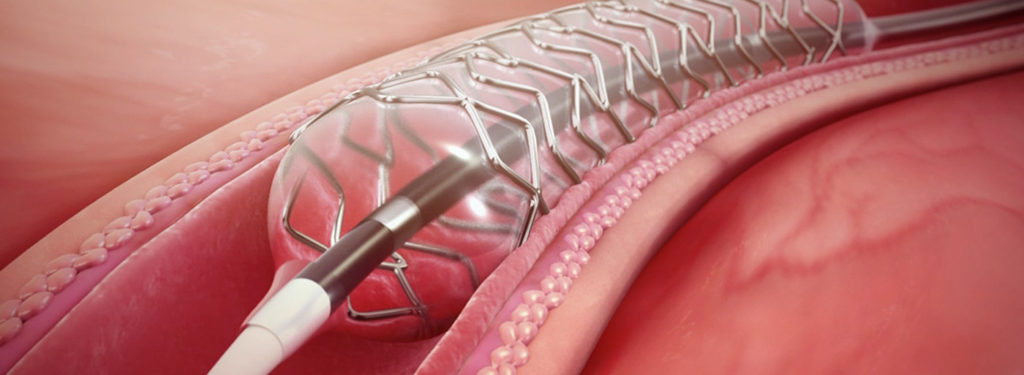
CBSET, a not-for-profit preclinical research institute dedicated to translational research, education, and advancement of medical technologies, has announced that its scientists have published data and analyses “Defining drug and target protein distributions after stent-based drug release: Durable versus deployable coatings” that provide critical insights into the tissue distribution patterns of antiproliferative drugs released from stents for treatment of coronary artery disease. The study is published online in the Journal of Controlled Release.
“This preclinical demonstration that stent deployment of microcrystalline drug in combination with a rapidly absorbable polymer, such as with MiStent (Micell Technologies), results in more uniform drug dosing that could lead to more rapid and uniform healing across the treated segment,” said David Kandzari, director of Interventional Cardiology and chief scientific officer, Piedmont Heart Institute, Atlanta.
“The frustration is that stent designs that release similar drugs from a conformal coating are increasingly difficult to differentiate using tissue growth metrics in animal models or clinical metrics in human. It is only through reassessment of the role of each design parameter that we can hope to achieve disruptive innovation. To support such innovations, we developed an immunofluorescent method that simultaneously tracks the distribution of drug and its intracellular binding proteins within stented arteries,” said Rami Tzafriri, director of Research and Innovation at CBSET and first author of the paper. “Using these methods, we demonstrated that deployment of drug microcrystals using an absorbable coating resulted in spatially and temporally more uniform drug delivery compared to traditional durable coated stents.”
“Innovations in devices design and preclinical models go hand-in-hand, as one enables the other. Early development in bare and drug eluting stents have taught us much about vascular biology, yet further innovation in stent design has been hampered by preclinical models that could not determine much more than bulk tissue content and are limited in their ability to distinguish drug distribution for competing device designs. The coupling of immunofluorescence on tissue sections and computational modeling with an understanding of the vascular response to device implantation is an important step towards filling this void. We can now differentiate drug eluting systems based not simply on payload or time of release but on net tissue spatial delivery. In doing so, it is possible to anticipate target effects rather than focus on target stimuli,” said Elazer Edelman, chairman and co-founder of CBSET, and senior author of the paper.
“This paradigm shift in preclinical assessment of stents creates an opportunity for the medical device industry to optimise endovascular drug delivery therapies to coronary and peripheral lesions,” said Peter Markham, president and CEO of CBSET and co-author of the article.













